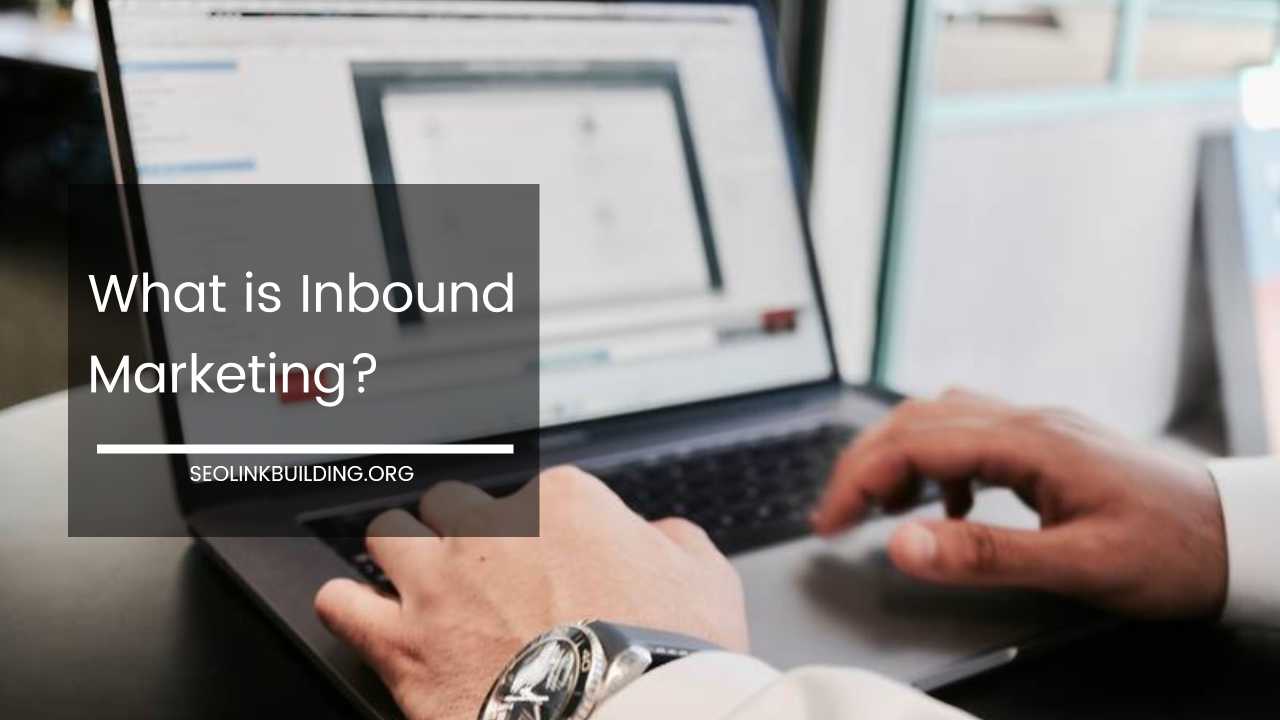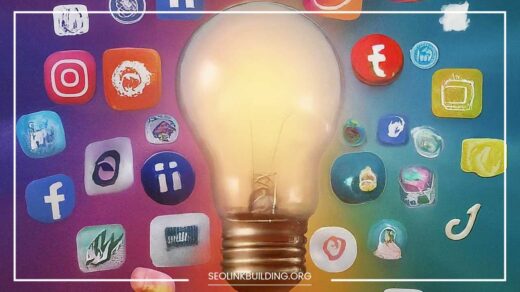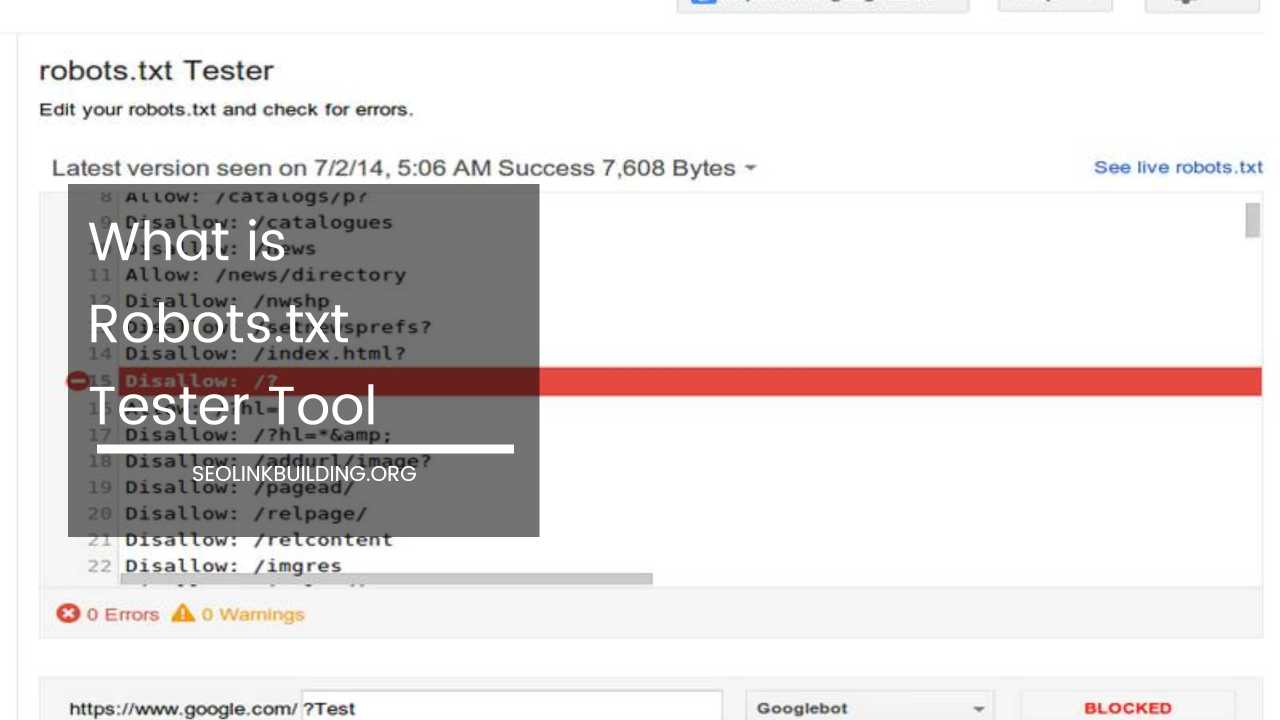What is Inbound Marketing?

What Is Inbound Marketing? A Comprehensive Guide to Attracting and Delighting Customers
In the digital age, bombarded by constant marketing messages, consumers crave authenticity and value. Pop-up ads, cold calls, and endless email blasts feel intrusive and impersonal.
This is where inbound marketing steps in, offering a strategic approach that attracts customers by creating meaningful experiences tailored to their needs.
Inbound marketing is a methodology that focuses on pulling customers towards your brand through valuable content and interactions. Instead of interrupting them with traditional advertising, inbound marketing fosters trust and relationships, ultimately transforming them into loyal advocates.
This comprehensive guide will equip you with the knowledge to leverage inbound marketing effectively. We’ll explore its core principles, delve into the benefits it offers, and equip you with a toolbox of tactics to implement a successful inbound strategy.
The Inbound Methodology: Attract, Engage, Delight
The inbound methodology is a well-defined, three-stage process designed to attract, engage, and delight customers. Let’s explore each stage in detail:
-
Attract: This stage revolves around drawing in the right audience with compelling content that resonates with their challenges and interests. Here are some effective ways to achieve this:
- Content Marketing: Craft high-quality blog posts, articles, infographics, videos, and ebooks that address your target audience’s pain points and offer solutions.
- Search Engine Optimization (SEO): Optimize your website and content with relevant keywords to ensure your target audience finds you organically in search engine results.
- Social Media Marketing: Utilize platforms like Facebook, Twitter, LinkedIn, and Instagram to share your content, engage in conversations, and build a community around your brand.
By establishing yourself as a thought leader and a trusted resource, you attract potential customers who are actively searching for answers you can provide.
-
Engage: Once you’ve attracted potential customers, the next step is to nurture their interest and build relationships. Here are some key strategies to keep them engaged:
-
Email Marketing: Build an email list of potential customers interested in your content and offerings. Then, create targeted email campaigns that deliver valuable information, promote your products or services, and ultimately drive conversions.
-
Lead Nurturing: Develop nurture campaigns that provide personalized content based on a lead’s interests and position in the buyer’s journey. This helps move them closer to a purchasing decision.
-
Webinars and Events: Host webinars or online events that offer valuable insights and industry expertise. This allows you to connect with a wider audience and showcase your capabilities.
-
Social Media Interaction: Actively participate in conversations on social media platforms. Respond to comments and messages promptly, answer questions, and address concerns.
By providing ongoing value and fostering meaningful interactions, you build trust and move potential customers further down the sales funnel.
-
-
Delight: After nurturing leads and building relationships, you can convert them into paying customers. However, inbound marketing goes beyond just making a sale. It’s about exceeding customer expectations and creating a positive brand experience:
-
Exceptional Customer Service: Provide prompt, helpful, and personalized customer service throughout the entire buying journey and beyond. This fosters loyalty and encourages repeat business.
-
Ongoing Support: Offer ongoing support to your customers. This could include providing tutorials, troubleshooting guides, or access to a dedicated customer support team. By helping them succeed with your product or service, you demonstrate your commitment to their success.
-
Content that Educates and Empowers: Create content that goes beyond simply promoting your product or service. Provide ongoing resources and guides that help customers achieve their goals and solve their problems. This fosters brand loyalty and positions you as a trusted advisor.
-
By following these three stages, you cultivate long-term relationships with your customers, building loyalty and turning them into brand advocates.
The Power of Inbound Marketing: Unlocking Numerous Benefits
Inbound marketing offers a plethora of advantages for businesses of all sizes. Here are some of the key benefits that make it a compelling marketing strategy:
-
Attract Qualified Leads: Unlike traditional outbound marketing methods that cast a wide net, inbound marketing attracts potential customers who are already interested in what you offer. This means you’re more likely to generate leads that are a good fit for your business, ultimately leading to higher conversion rates and a better return on investment (ROI).
-
Build Trust and Credibility: By providing valuable content, helpful resources, and exceptional customer service, you establish yourself as an authority in your industry. This fosters trust and credibility with potential customers, making them more likely to choose you over your competitors.
-
Cost-Effective: While there are initial investments associated with creating high-quality content and running inbound marketing campaigns, it’s generally less expensive than traditional outbound marketing methods like cold calling or pay-per-click advertising. Inbound marketing allows you to focus on creating valuable content that attracts potential customers organically, reducing the need for expensive advertising campaigns. Additionally, inbound marketing campaigns are measurable, allowing you to track your ROI and optimize your efforts for better results.
-
Measurable Results: Unlike traditional marketing methods that can be difficult to quantify, inbound marketing allows you to track and measure your results effectively. Through website analytics tools and marketing automation software, you can gain valuable insights such as:
- Website traffic: See how many people are visiting your website and which pages they are viewing.
- Lead generation: Track how many leads you’re generating through different channels such as blog posts, landing pages, and social media.
- Conversion rates: Measure the percentage of website visitors who convert into leads or paying customers.
- Engagement metrics: Analyze social media engagement, email open rates, and click-through rates to understand how your audience interacts with your content.
This data empowers you to make data-driven decisions, optimize your campaigns for better performance, and ultimately achieve your marketing goals.
- Long-Term Growth: Inbound marketing is a sustainable approach that focuses on building long-term relationships with customers. By nurturing leads, providing exceptional customer service, and creating content that educates and empowers them, you foster brand loyalty and create a customer base that fuels your business growth. Inbound marketing helps you build a community around your brand, turning satisfied customers into brand advocates who recommend your products or services to others.
Implementing a Successful Inbound Marketing Strategy: A Toolbox of Tactics
Now that you understand the core principles and benefits of inbound marketing, let’s delve into the practical aspects. Here’s a toolbox of essential tactics you can leverage to implement a successful inbound marketing strategy:
-
Content Marketing: As mentioned earlier, content marketing is the cornerstone of any inbound marketing strategy. Here are some content formats to consider:
-
Blog Posts: Regularly publish informative and engaging blog posts that address your target audience’s pain points, answer their questions, and showcase your expertise.
-
Ebooks and White Papers: Create in-depth ebooks and white papers that offer valuable insights and thought leadership on industry trends and topics relevant to your target audience.
-
Infographics and Videos: Utilize visually appealing infographics and videos to present complex information in a clear and concise manner. These formats are highly shareable and can increase engagement on social media platforms.
-
Case Studies and Customer Testimonials: Showcase your success stories through compelling case studies and customer testimonials that demonstrate the value your products or services provide.
-
-
Website Optimization: Ensure your website is optimized for both search engines and user experience. This includes having clear navigation, fast loading times, and mobile-friendliness.
-
Landing Pages and Calls to Action (CTAs): Create targeted landing pages designed to capture leads. Use clear and compelling CTAs throughout your website and content to encourage visitors to take a desired action, such as subscribing to your email list, downloading an ebook, or requesting a free consultation.
-
Marketing Automation: Marketing automation tools can streamline your inbound marketing efforts by automating repetitive tasks such as email marketing campaigns, lead nurturing sequences, and social media posting.
-
Analytics and Reporting: Regularly monitor your inbound marketing performance using website analytics tools and marketing automation software. This data will help you understand what’s working well and identify areas for improvement.
Final Word: Inbound Marketing – A Journey, Not a Destination
Inbound marketing is a strategic approach that requires ongoing effort and refinement. However, the rewards are substantial.
By focusing on creating valuable content, building relationships with your audience, and exceeding customer expectations, you can attract qualified leads, convert them into loyal customers, and achieve sustainable business growth.
Remember, inbound marketing is a journey, not a destination. As you implement these tactics and track your results, you’ll gain valuable insights that will help you refine your strategy and achieve even greater success.
Embrace the continuous learning process and focus on building long-term relationships with your customers. By doing so, you’ll establish your brand as a trusted resource and cultivate a loyal following that fuels your business growth for years to come.













